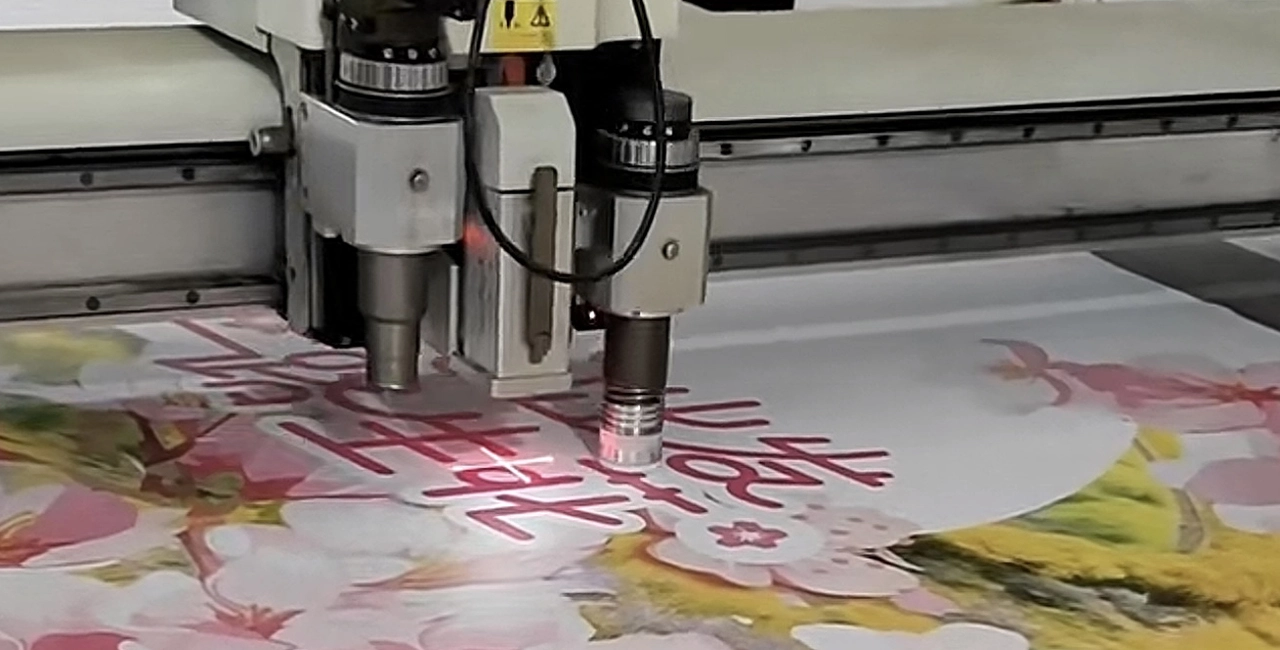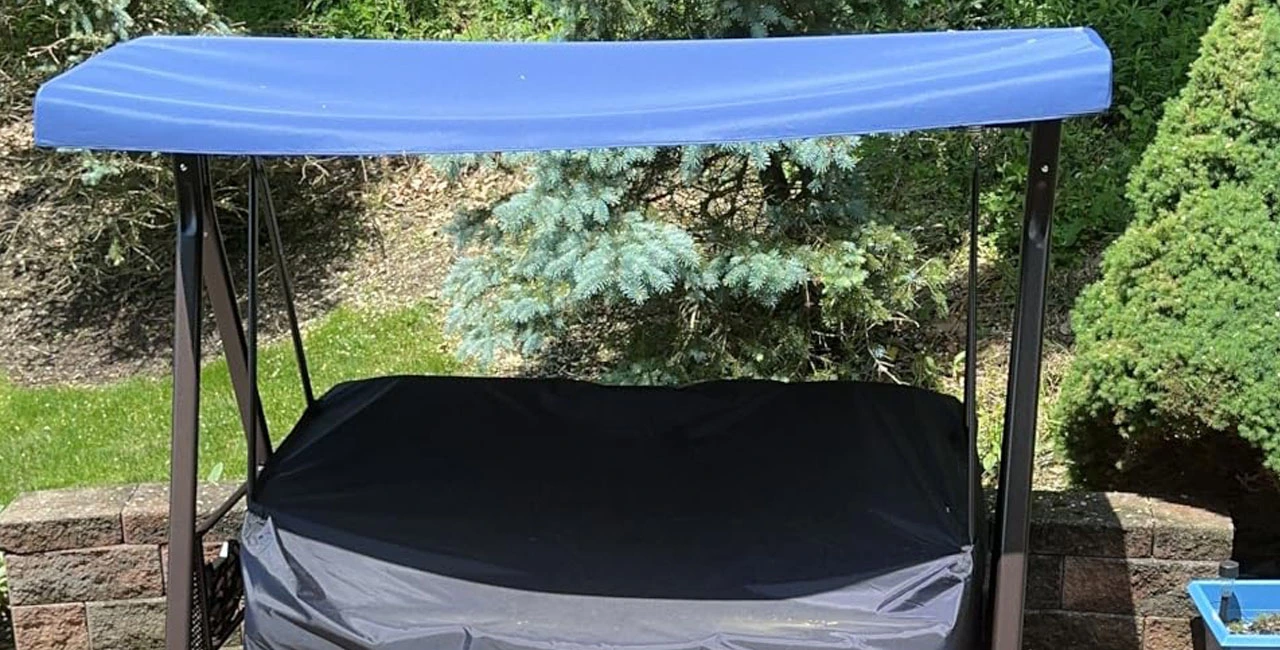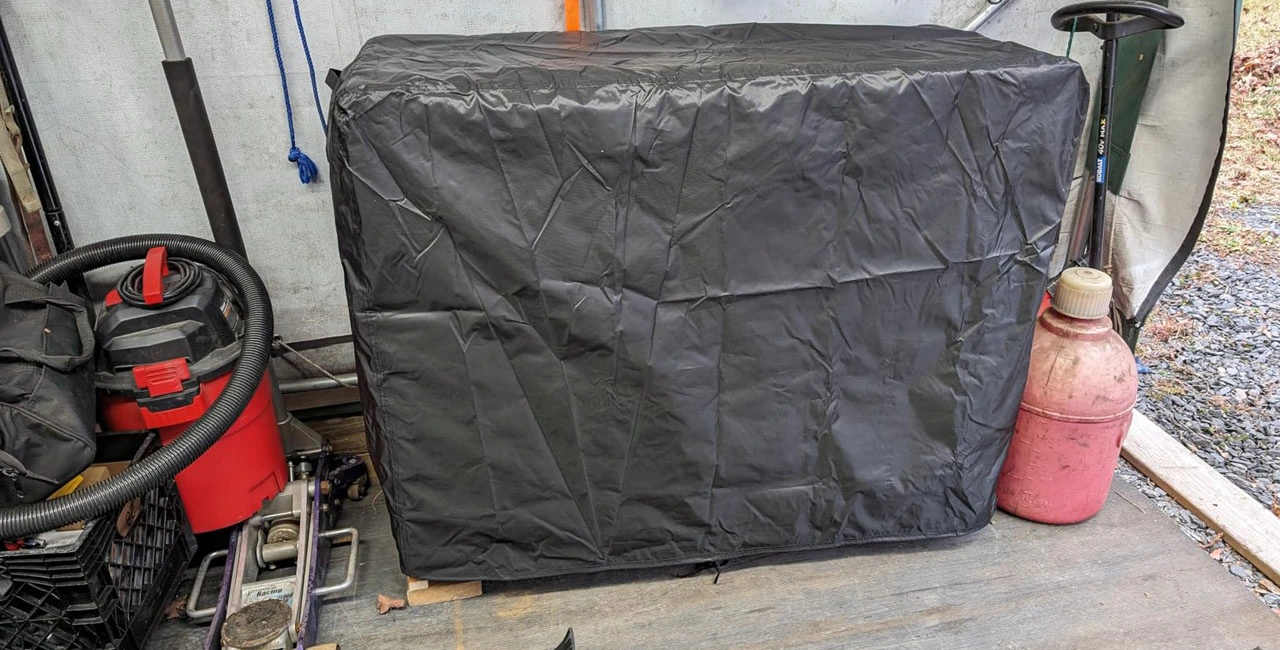To enhance the functionality of Oxford fabric, various finishing treatments can be applied, including anti-static, flame retardant, abrasion-resistant, and anti-mildew treatments. These treatments significantly improve the fabric’s durability, safety, and suitability for specialized applications.
1. Anti-Static Treatment
Concept
Anti-static Oxford fabric is designed to reduce surface resistance and prevent static electricity buildup, thereby minimizing issues such as spark generation, dust adhesion, and electrostatic discharge (ESD) damage.
Technical Principles
Anti-Static Coating: A conductive coating containing carbon-based or metallic particles is applied to the fabric surface, creating a discharge path for static electricity.
Conductive Fiber Blending: The fabric is woven with conductive fibers such as carbon, stainless steel, or metal-coated fibers to enhance static dissipation.
Moisture-Retaining Treatment: The fabric undergoes a chemical treatment to increase moisture absorption, reducing electrostatic buildup.
Key Parameters
Surface Resistivity: 10⁶ - 10⁹ Ω (Complies with GB/T 12014-2019, EN 1149-1)
Friction Voltage: ≤ 500V (Standard fabrics may reach several thousand volts)
Wash Durability: Effective after 50-100 wash cycles
Applications
Protective covers for electronics, industrial workwear, dust-proof covers, precision instrument enclosures, outdoor tents
Cost Impact
Standard anti-static coating: +5% to 10%
Conductive fiber blended fabric: +15% to 30%
2. Flame Retardant Treatment
Concept
Flame-retardant Oxford fabric is engineered to slow down combustion and prevent fire spread, making it suitable for high-risk environments.
Technical Principles
Chemical Impregnation: The fabric is treated with phosphorus-based or halogen-based flame retardants (e.g., phosphate esters, chlorinated paraffins) to form a protective barrier against flames.
Inherently Flame-Retardant Fibers: Uses materials such as aramid (Kevlar®), modacrylic, or inherently modified polyester to provide permanent fire resistance.
Key Parameters
Limiting Oxygen Index (LOI): ≥ 26% (Standard fabrics: ~18%)
Standards Compliance:
EN 13501-1 (European fire safety standard for building materials)
NFPA 701 (U.S. fire-resistant textile standard)
GB 5455-2014 (Chinese standard for flame-retardant fabrics)
Applications
Car covers, motorcycle covers, industrial equipment covers, outdoor tents, warehouse tarps, sunshades
Cost Impact
Standard flame retardant treatment: +8% to 15%
Inherently flame-retardant fibers: +25% to 50%
3. Abrasion-Resistant Treatment
Concept
Abrasion-resistant Oxford fabric undergoes structural or surface modifications to improve durability and prolong its service life in high-friction environments.
Technical Principles
High-Density Weaving: Increasing warp and weft density (e.g., 1680D double-strand Oxford fabric) enhances tensile strength.
Abrasion-Resistant Coating: PU, TPU, or silicone coatings are applied to reduce surface wear.
Reinforced Fibers: Blends of Kevlar (para-aramid) or UHMWPE (ultra-high molecular weight polyethylene) provide extreme abrasion resistance.
Key Parameters
Martindale Abrasion Test:
Standard Oxford fabric: 10,000 – 30,000 cycles
High abrasion-resistant treatment: 50,000 – 100,000 cycles
Tear Strength:
600D Oxford fabric: ≥ 100N
1680D Oxford fabric: ≥ 300N
Applications
Motorcycle covers, car covers, luggage, military gear, industrial protective covers
Cost Impact
PU-coated abrasion resistance: +5% to 10%
High-density weaving: +15% to 30%
Kevlar/UHMWPE fiber reinforcement: +50% to 80%
4. Anti-Mildew Treatment
Concept
Anti-mildew Oxford fabric is treated to resist mold and bacterial growth, making it ideal for humid environments where fungal contamination can degrade fabric quality.
Technical Principles
Anti-Microbial Coating: Silver ion (Ag+) or triazine-based biocides are incorporated to disrupt mold cell structures.
Moisture-Wicking Treatment: The fabric is modified to enhance breathability and reduce moisture accumulation.
pH Adjustment: Chemical treatments neutralize pH to create an environment that discourages mold growth.
Key Parameters
Mold Resistance (GB/T 2423.16):
Grade 0 (Best): No fungal growth
Grade 1: Minimal growth, barely visible
Grade 2: Visible mold, does not impact function
Grade 3 (Worst): Severe mold, affecting fabric integrity
Wash Durability: Effective for 50 wash cycles
Applications
Boat covers, outdoor furniture covers, tents, protective covers for damp environments
Cost Impact
Standard anti-mildew treatment: +5% to 10%
Silver ion antimicrobial treatment: +20% to 40%
5. Additional Finishing Treatments
In addition to the above, specialized finishing treatments further enhance Oxford fabric’s performance:
Water-Repellent & Waterproof Treatment
Hydrophobic Coatings: Fluoropolymer, silicone, or PU coatings are applied to increase water resistance.
Seam Sealing: Heat-sealed or taped seams prevent water penetration.
Applications: Outdoor gear, rain covers, military textiles
Cost Impact: +10% to 30%
UV-Resistant Treatment
UV Absorbers & Stabilizers: TiO₂ (Titanium dioxide) or HALS (hindered amine light stabilizers) are added to prevent UV degradation.
Applications: Sunshades, awnings, marine covers
Cost Impact: +5% to 20%
Summary of Final Finishing Treatments
Treatment Type | Primary Function | Cost Impact |
Anti-Static | Prevents electrostatic buildup, reduces dust attraction | +5% to 30% |
Flame Retardant | Slows fire spread, enhances safety | +8% to 50% |
Abrasion-Resistant | Increases fabric durability, reduces wear | +5% to 80% |
Anti-Mildew | Prevents mold growth in humid environments | +5% to 40% |
Water-Repellent & Waterproof | Enhances water resistance, prevents fabric saturation | +10% to 30% |
UV-Resistant | Protects fabric from UV degradation and fading | +5% to 20% |
5. Other Functional Finishes
Oil Repellent Finishing: Achieved by applying oil-repellent agents (such as fluorochemicals or silicone-based repellents) to the fabric surface, forming a protective layer with low surface energy. This treatment makes it difficult for oil stains to penetrate and adhere, thereby imparting oil-repellent properties.
Anti-wrinkle or Wrinkle-resistant Finishing: Typically involves chemical finishing processes, such as using resins or cross-linking agents, to induce cross-linking reactions between fibers. This stabilizes fiber positions, reduces fabric wrinkling, and includes treatments like silicone resins, formaldehyde-based, or non-formaldehyde cross-linking agents.
Antimicrobial Finishing
Function: Applying antimicrobial agents to fabrics to inhibit or kill bacteria, fungi, and other microorganisms, preventing odor and extending fabric lifespan.
Common Antimicrobial Agents: Nano-silver, quaternary ammonium salts, organosilicon quaternary ammonium salts, chitosan, etc.
Applications: Medical protective textiles, outdoor protective fabrics, sportswear, automotive seat covers, etc.
Moisture Barrier Finishing
Function: Providing fabrics with waterproof yet breathable properties to block external moisture while allowing sweat and vapor to escape for enhanced comfort.
Common Technologies: Microporous Membranes: Materials like PTFE (Polytetrafluoroethylene) create a microporous structure that blocks water droplets but allows vapor transmission.
Hydrophilic Coating: Using hydrophilic groups to absorb and transport moisture, such as polyurethane (PU) coatings.
Applications: Outdoor sportswear, raincoats, protective clothing, car covers, etc.

 English
English 

